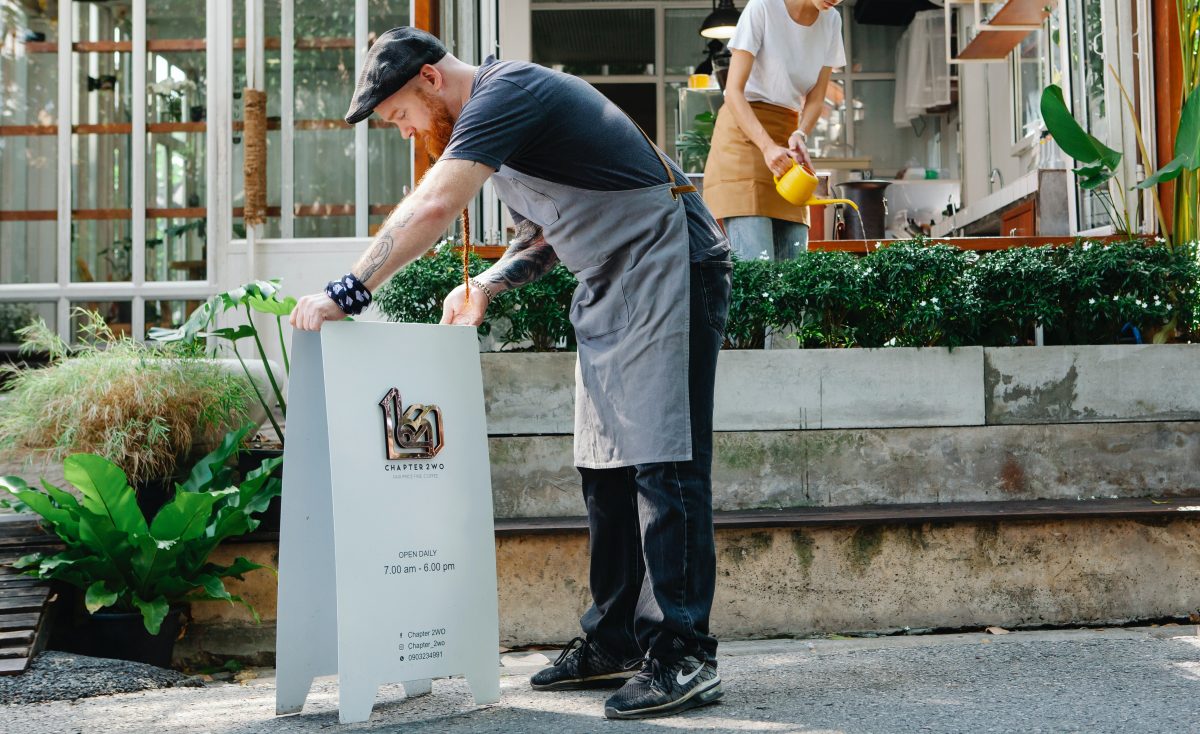Consumers are becoming increasingly aware of environmental issues and expecting more accountability from businesses. Research has shown that 87 percent of consumers would purchase a product from a company because it stood up for an issue that they care about. Thus, going green can help your retail store to differentiate itself from the competition. Here are some small changes that a retail store can make to have a big impact on the Earth.
1. Be Energy Efficient
Reducing your energy use is an important way to green your retail store. If you have large appliances such as fridges and ovens, be sure to choose models that rate highly for energy efficiency. Meanwhile, replacing small electrical fixtures such as ordinary light bulbs with LEDs can also make a significant dent in your energy usage. Make use of big windows or skylights to introduce natural light to your store so you can avoid using artificial lighting during the day. Treating your windows will help you insulate the interior environment and reduce the need for heating or cooling.
2. Use Clean Energy
You may be able to reduce your energy use but you may not be able to completely eliminate it. Therefore, you should choose to get your energy from clean and sustainable sources. Instead of subscribing to a fossil fuel energy provider, switch to a solar, wind, or hydrothermal energy provider. Better yet, if you own the building, you can install solar panels to help power your store and reduce your reliance on the energy grid.
3. Sell Sustainable Products
As a retail store, the products that you sell have a huge impact on the environment. From the sourcing of raw materials, the manufacturing process, transport, and packaging, each product has a unique carbon footprint. Try to only stock products that are environmentally friendly and ethically produced. Be sure to ask your suppliers about the background of their products. If they are unable to be transparent and upfront, it may be prudent to source your products elsewhere.
4. Go Plastic-Free
Single-use plastics add up to a massive amount of waste and can take hundreds of years to break down. Eliminating plastic from your store is an essential step to going green. From packaging to serving utensils, choose reusable options instead. You can also encourage your customers to bring their own bags. If you must provide bags for your customers, consider sourcing reusable shopping bags bulk that not only negate the use of plastic bags but can also act as advertising for your brand.
5. Provide Water Refills
With plastic bottles one of the largest contributors to the plastic pollution crisis, you should do what you can to reduce their use. Food and beverage stores should provide water refills and offer reusable water bottles for purchase. Even if you do not serve food, offering water refills can put you on the map on water refill apps and help to increase traffic to your retail store.
6. Go Digital
You may think that going digital is more relevant to office settings but there are many opportunities for retail stores to go paperless. For instance, instead of having paper menus, you could have a menu on a tablet or allow customers to scan a menu QR code with their own smart devices. Instead of printing out paper receipts, you can send electronic receipts to your customers via email.
7. Reduce Waste
Waste is a major problem for retail stores, particularly food and beverage outlets. Try to eliminate wasted resources by putting in a clear and efficient waste management process. Food and biodegradable waste should be composted; You can now purchase indoor compost bins that do not smell. Recyclable items should be cleaned and separated to avoid contamination. If you notice a lot of non-biodegradable or non-recyclable items in your waste, you may need to consider how to replace them with more eco-friendly items.
8. Upcycle
Upcycling is the method of turning an item that would otherwise be wasted into something more valuable than before. You can upcycle a variety of items such as glass bottles, old upholstery, and wood. For example, you could make lighting fixtures from used glass bottles or use old upholstery to make patchwork bags. You might also be able to donate your items to a charity or artists’ collective to upcycle.
9. Decorate Green
When decorating your retail store, a great way to save costs and minimize resource use is to buy second-hand furniture and fixtures. Many antique and used items are full of character and can help your store stand out. Where possible, incorporate greenery. You could have a living feature wall or some large potted plants. This can help to freshen stale air and create a relaxing, natural ambience.
10. Clean Naturally
Most cleaning products are toxic and can hurt the environment and beneficial insects such as bees. Be sure to choose green cleaning supplies that are made from natural ingredients that are safe for the environment. As a bonus, you can be sure that your staff and customers will not be exposed to harmful chemicals.
By taking small steps to reduce your impact, you can make a big difference to the environment.

